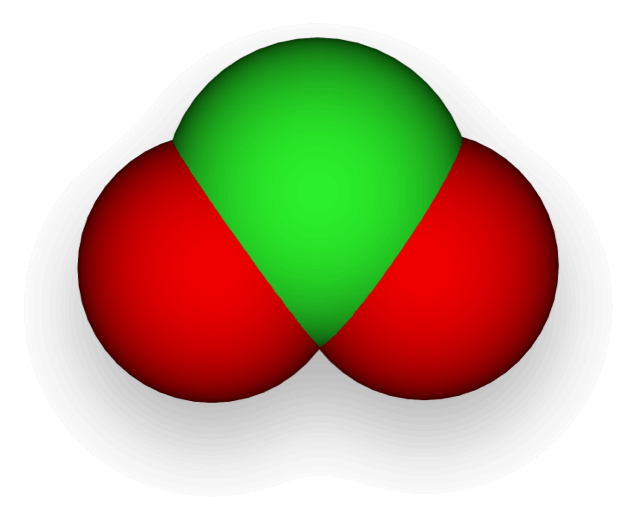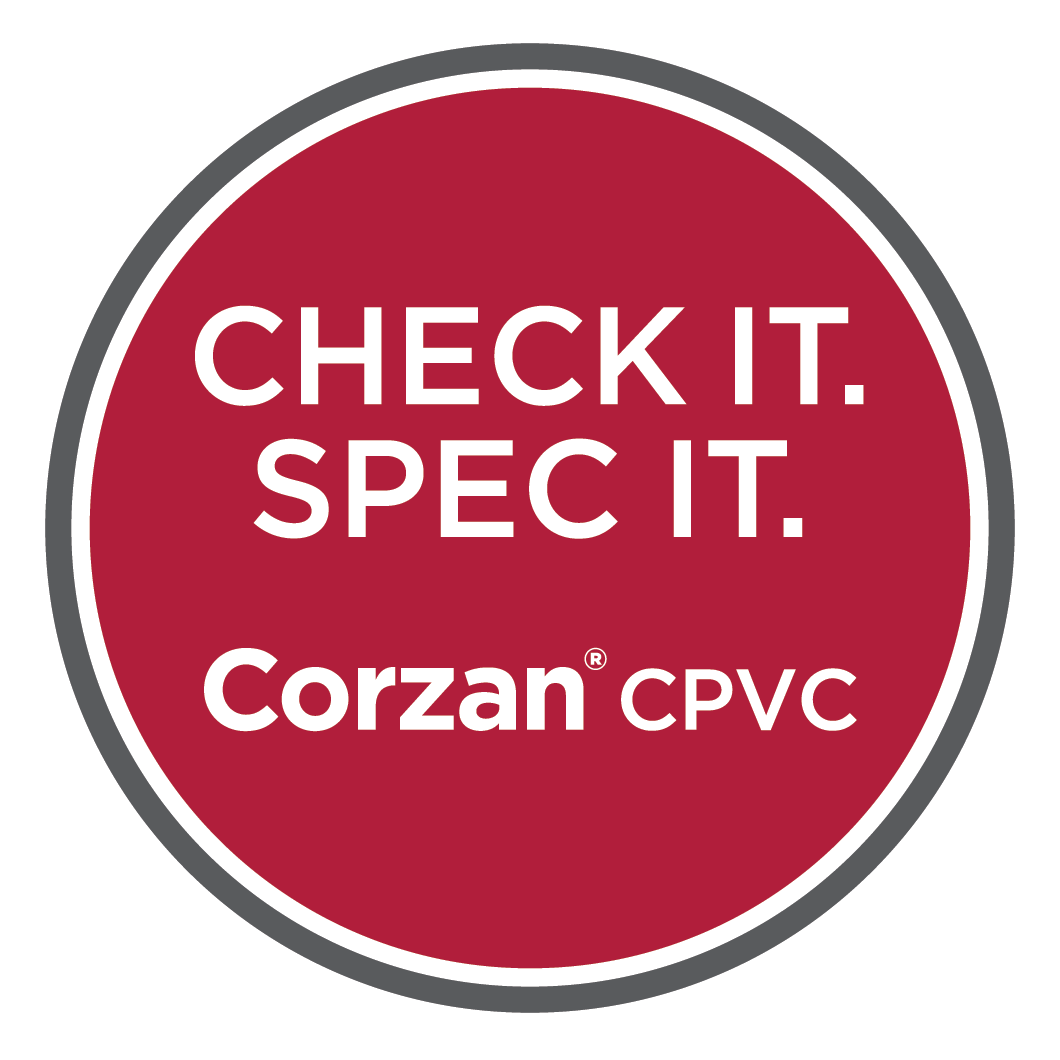Why CPVC Works Well With Chlorine Dioxide
High-quality CPVC like Corzan® CPVC has a high level of chlorine on the polymer chain. This protects the CPVC from the degrading effects of highly corrosive chemicals commonly used by industrial plants for everything from disinfection to the manufacture of other important industrial chemicals. Corzan CPVC has excellent resistance to chlorine dioxide due to its superior engineering and formulation.
When used with chlorine dioxide CPVC resists material degradation and corrosion far better than metals. The severity of both general degradation and localized stress cracking will be dependent on temperature, pressure, concentrations, strain applied to the material, as well as manufacturing quality, fabrication quality and the quality of the CPVC compound. Corzan CPVC will reliably handle chlorine dioxide environments because of its proprietary formulation and superb manufacturing partners.
Extensive exposure to chlorine dioxide will have little to no effect or corrosion on CPVC piping.


